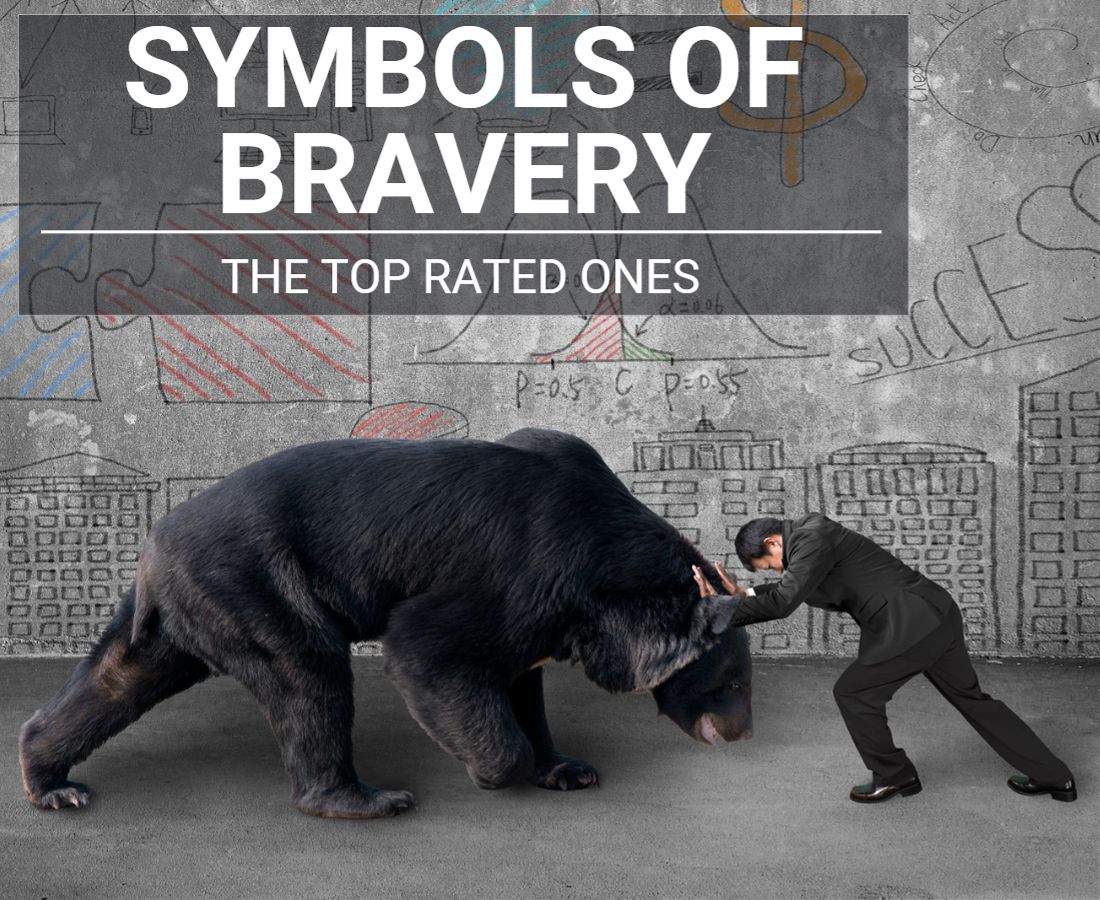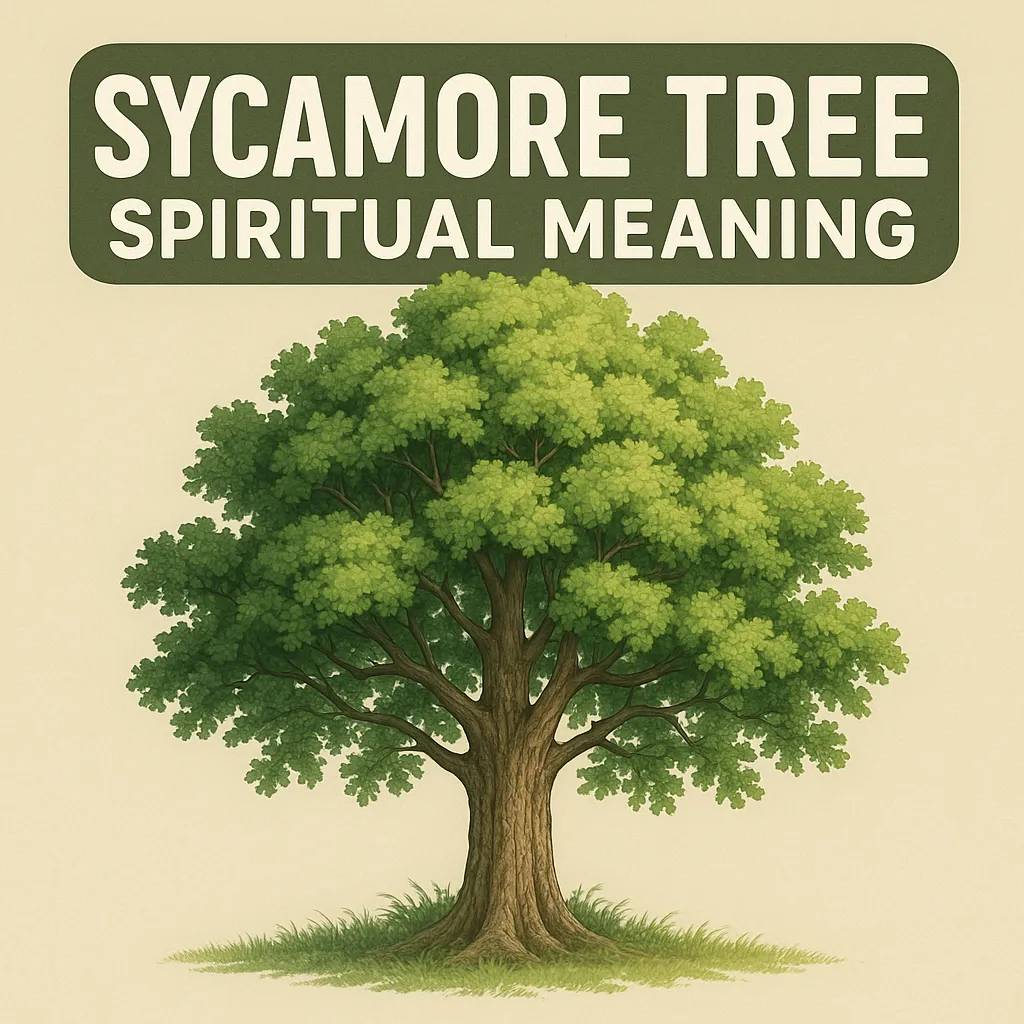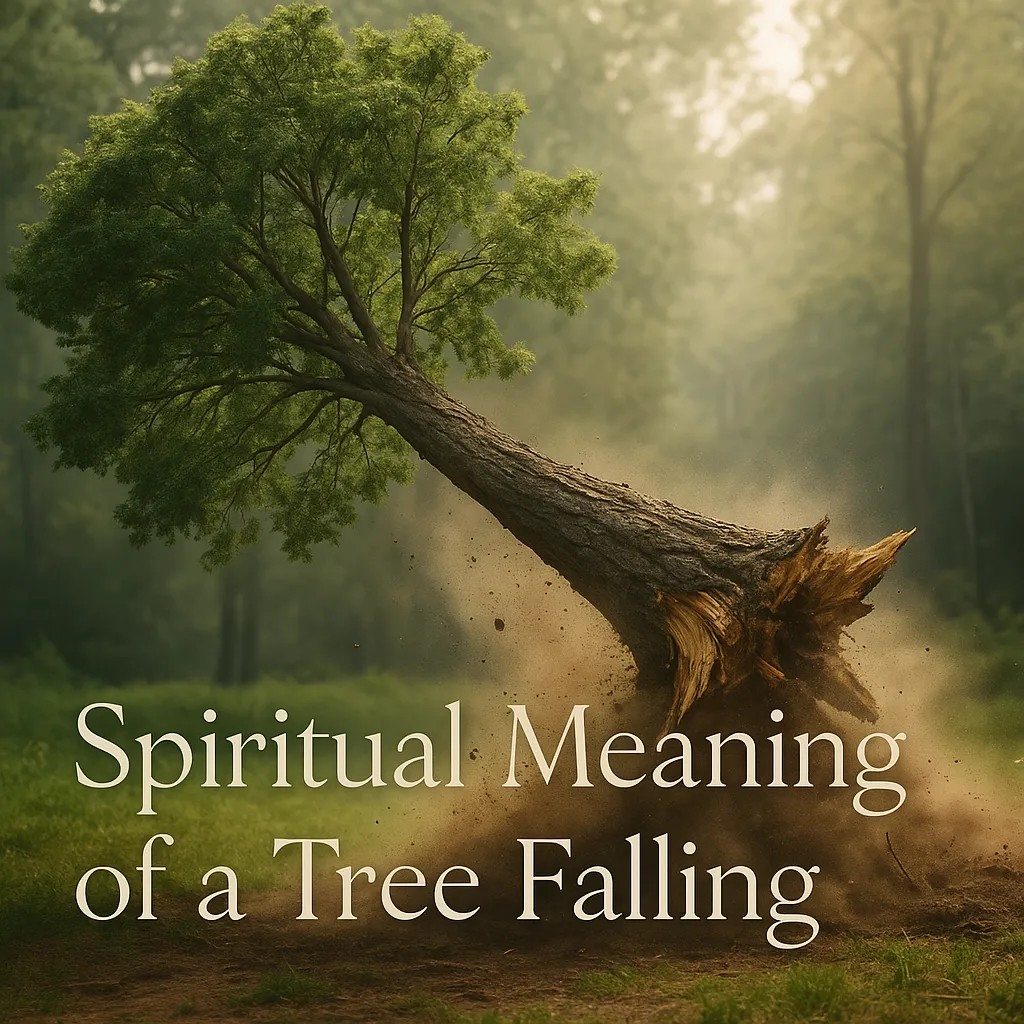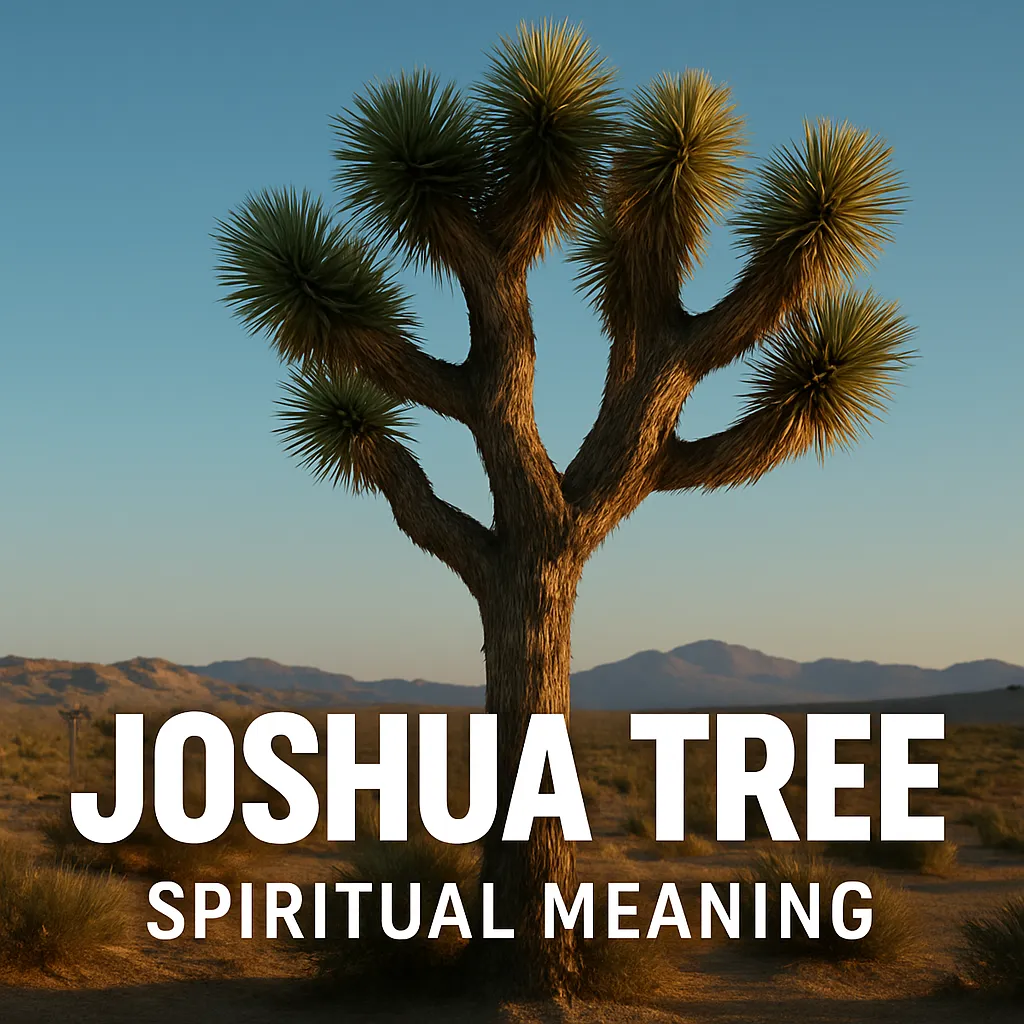Whether you are leaving a high-paying yet toxic job or cutting off strenuous ties, being brave means going through something that may hurt us in some way. While opportunities to be courageous abound, standing up to your fears and living with their consequences actually takes a whole lot of heart.
But before your cold feet kick in, it is best to remember that even the slightest sign of grit is enough to help us face life’s difficulties with confidence and conviction. Bravery is an admirable trait that often requires a whole lot of mustering. These symbols of bravery aim to leave us self-assured, gutsy, and daring.
Table of Contents
- 1 Key Takeaways
- 2 Roman gladiators
- 3 Japanese samurai
- 4 Ashoka Chakra
- 5 The Amazons
- 6 Red war paint
- 7 The Maori Haka
- 8 A clenched fist
- 9 Wings and sword symbol cadets
- 10 Medal of Honor
- 11 Universal Symbols of Bravery: Ancient and Modern Representations of Courage
- 12 FAQ
- 12.1 What animals are commonly used as courage symbols?
- 12.2 How do Native American cultures represent valor?
- 12.3 What are some ancient representations of fortitude?
- 12.4 Are there modern emblems for gallantry?
- 12.5 What are popular intrepidity tattoos?
- 12.6 Which flowers symbolize dauntlessness?
- 12.7 How do different cultures celebrate heroism?
Key Takeaways
- Historical warriors like Roman Gladiators, Japanese Samurai, and Amazons represent bravery through their willingness to face death and uphold their values despite extreme challenges.
- The Ashoka Chakra symbolizes courage and righteous behavior, serving as both a spiritual guide and the highest military award for bravery in India, encouraging us to speak up against injustice.
- Cultural expressions such as the Maori Haka and Native American red war paint demonstrate how bravery is ritualized and celebrated across different societies to inspire courage in battle.
- The clenched fist has evolved into a universal symbol of courage, representing the bravery to stand against oppression and the strength to fight for justice despite potential consequences.
- Military honors like the Medal of Honor and wings and sword emblems commemorate extraordinary acts of bravery, reminding us that courage involves both physical sacrifice and moral fortitude.
Roman gladiators
Throughout history, ancient Romans have long held a nasty fascination for gladiators. People saw gladiators as depictions of entertainment, bravery, sacrifice, and strength. While their lives were often brutal and short, people admired these courageous warriors for their endurance, fearlessness, and willingness to die for other people’s amusement.
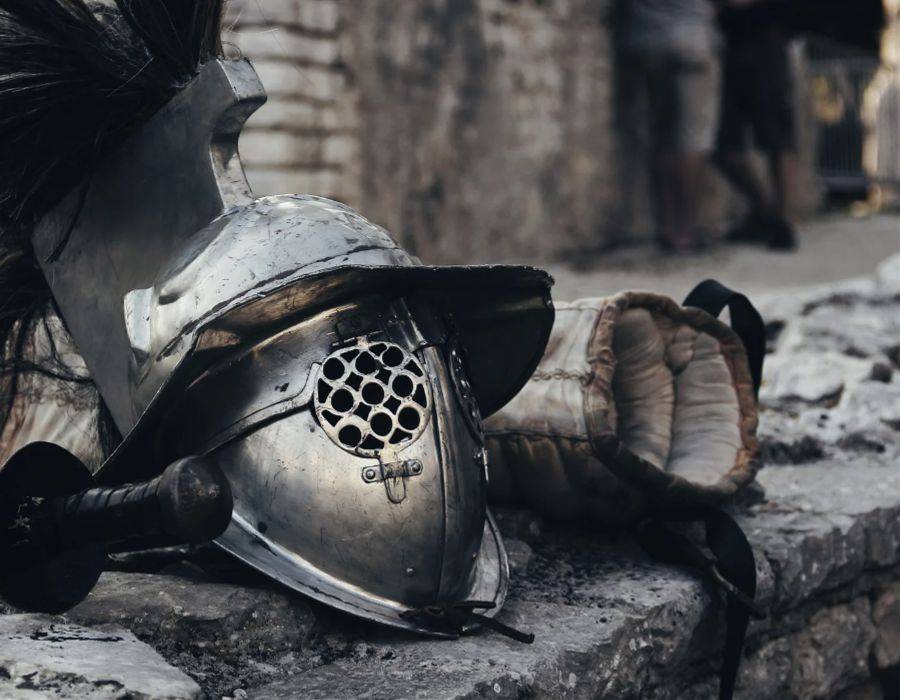
As the Romans have time and again displayed their bloodlust and fondness for cruelty, the gladiators repeatedly demonstrated their ability to face and, at times, even overcome death. They have inspired those fortunate enough to have witnessed such bloody battles to live out the Roman virtues of bravery, discipline, and fearlessness.
Japanese samurai
The Japanese recognize the samurai as the most honorable warriors of pre-modern Japan. They were elite soldiers who led their lives according to the ethic code of bushido, or “the way of the warrior.” Firmly disciplined and virtuous, they strongly asserted principles such as loyalty, respect, bravery, and righteous behavior.
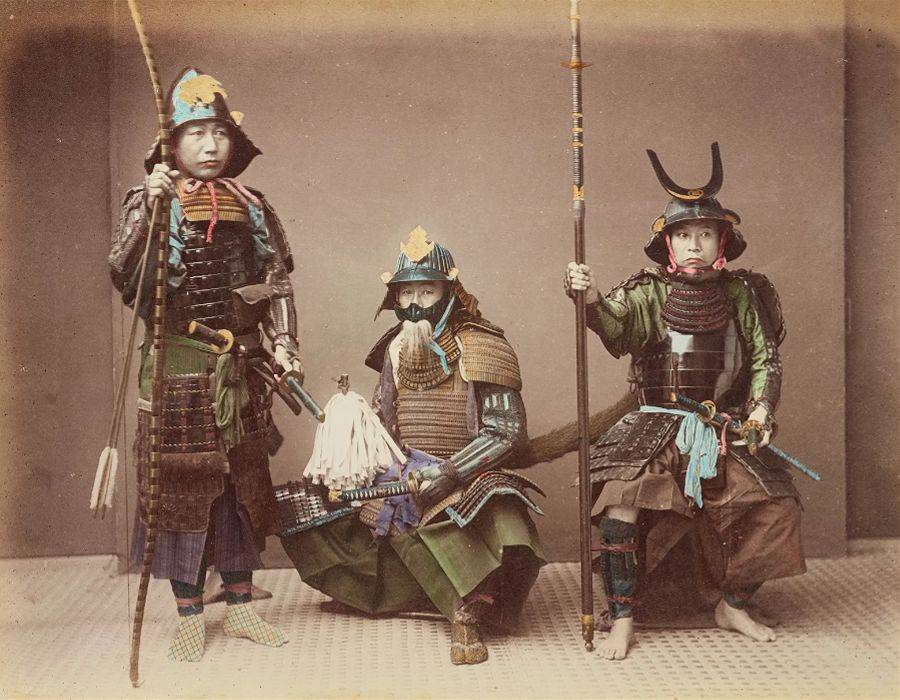
Samurai were highly trained and dedicated to the service of the nobles. The word “samurai” basically translates to “those who serve.”
Drawn to the teachings of Zen Buddhism and displaying values that include integrity, self-control, bravery, and honor, samurais were perhaps history’s most reputable warriors.
Ashoka Chakra
Revered as a significant symbol representing the Dharma, the Ashoka Chakra consists of 24 spokes that encourage us to follow a righteous path, including peace, love, bravery, and spiritual knowledge.
The Ashoka
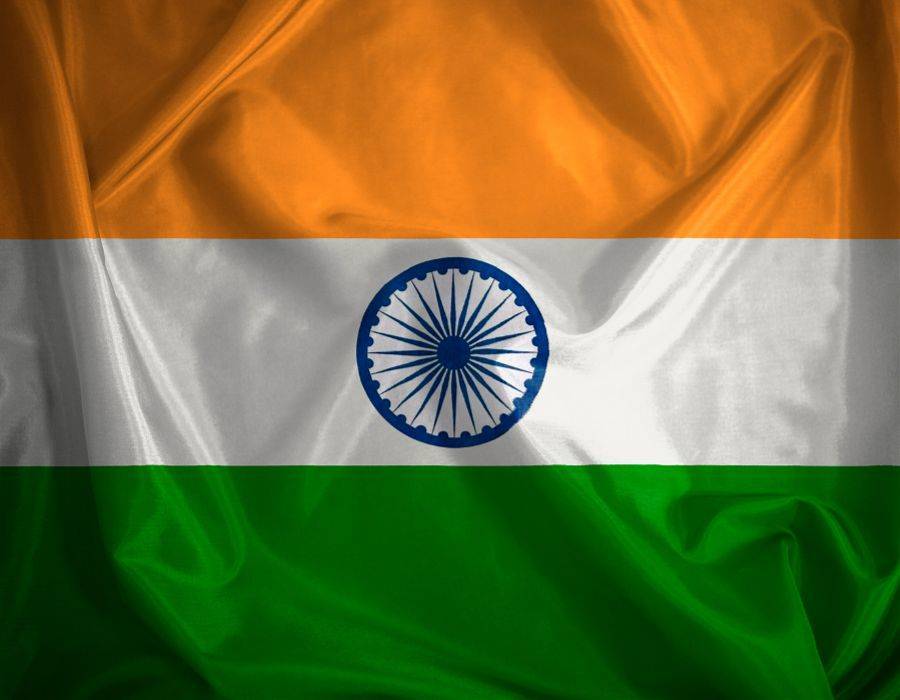
The Ashoka
The Ashoka
The Amazons
From Hercules to Achilles, every Greek hero has had a run-in with these mighty warrior queens. The Amazons were a race of ferocious women known for their bravery, pride, and fantastic riding skills. Many believed they communicated with men only for reproduction to ensure their tribe’s survival.
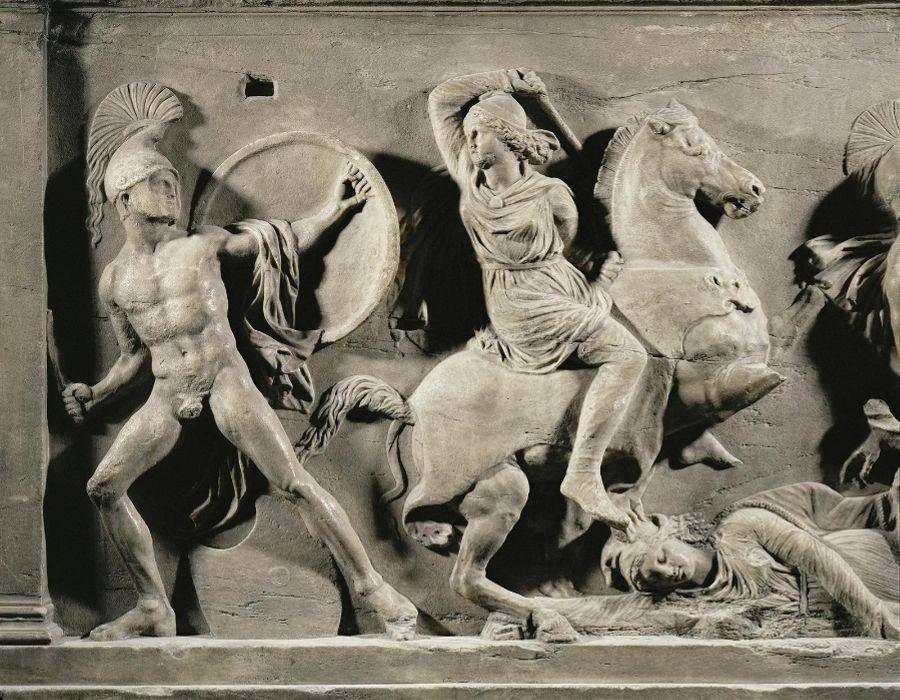
The Amazons have lived far from the civilized world. They were feared for their brutality, despised for their aggressiveness, and admired for their bravery. Often depicted on horseback, clad in armor, and with a bow in hand, it doesn’t come as a surprise that they are considered a feminist’s poster child.
They are a powerful reminder that the world makes way for the brave and that we are less likely to get anywhere if we always play it safe.
Red war paint
For the Native Americans, body painting is a sacred act that conjures strength, bravery, and higher spiritual knowledge. It was considered a form of prayer during hunts and battles.
Their warriors also used red war paint to invoke courage and appear more ferocious when faced with intruders and soldiers of opposing tribes.
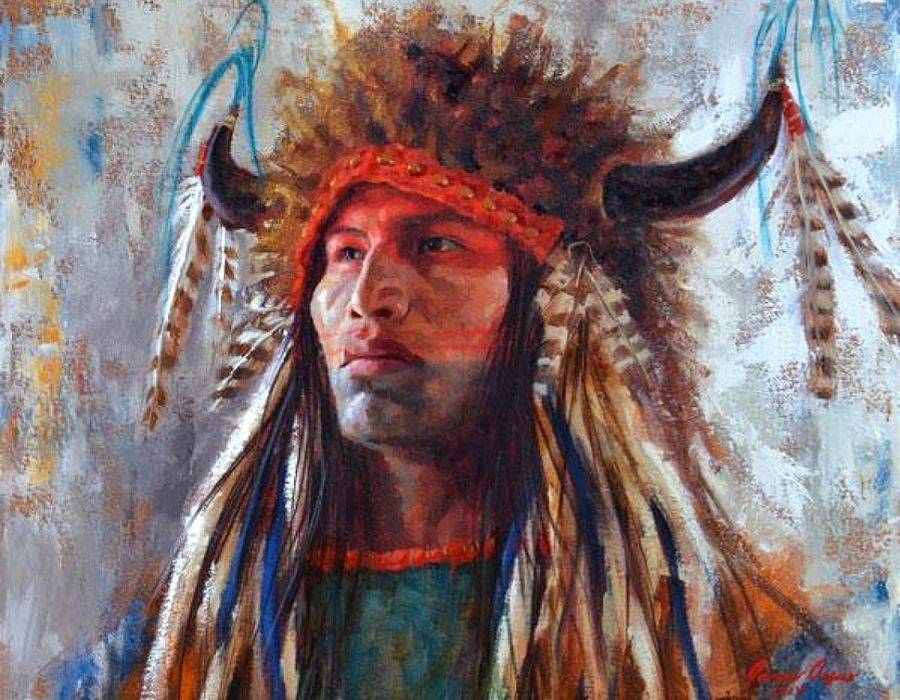
Often derived from berries, beets, roots, and ochre, red war paint symbolized power, success, and boldness in battle. As the Native Americans have long believed that we are connected with nature, donning war paint signifies the transfer of divine power to the wearer.
The Maori Haka
If you are one of the millions crazy about rugby (or New Zealand), you have probably seen a haka dance. Often involving stomps, chest pounds, sticking out of the tongue, and bulging eyes, it is one of the country’s most significant and powerful native traditions.
It represents a tribe’s unity, bravery, and pride.
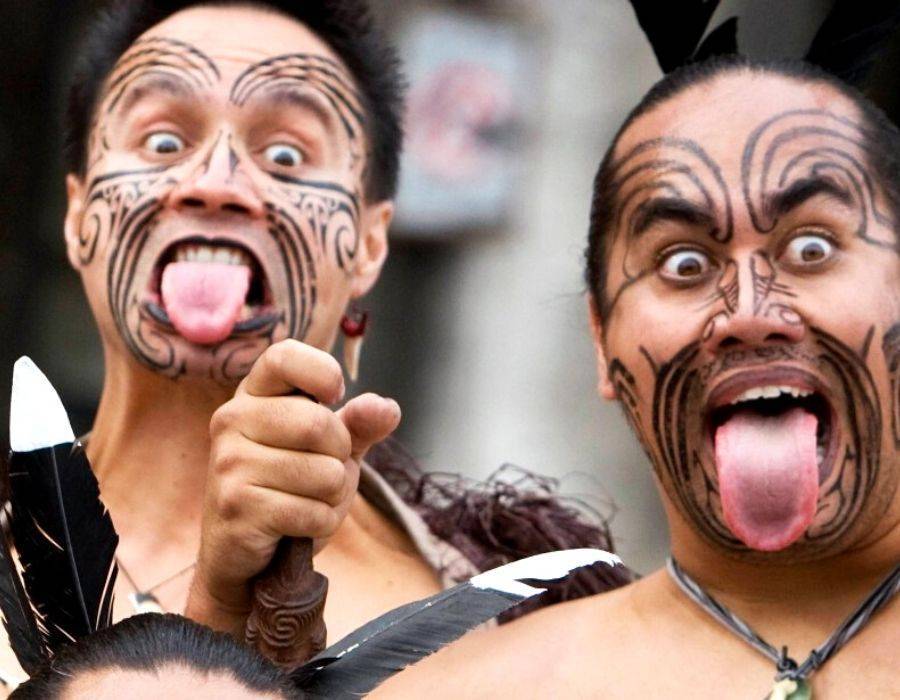
A captivating dance that commands immediate respect, the haka was traditionally performed before a battle and is meant to bring fear and intimidation to the opponent. While they do the haka dance to fire up their warriors on the battlefield, it has also been used to call upon, welcome, and celebrate the principles of bravery, heroism, and valor.
A clenched fist
Like most symbols in history, the clenched fist has influenced various individuals. While several groups view it as a symbol of unity and resistance, many people have used the closed fist as a symbol of bravery and the courage to speak out against injustice and oppression.
Just as our worldviews and life challenges may have shifted, the clenched fist has brought communities together to show abusive authorities the power of solidarity. Believed to have been inspired by an 1848 uprising that led to the overthrow of a monarchy, it symbolizes strength, determination, and the bravery to fight.
Wings and sword symbol cadets
In the military, there are different types of bravery. There is the physical bravery that’s needed to put one’s life on the line in battle. And then there is the mental bravery it takes to stand up against injustice, even if it means going against orders.
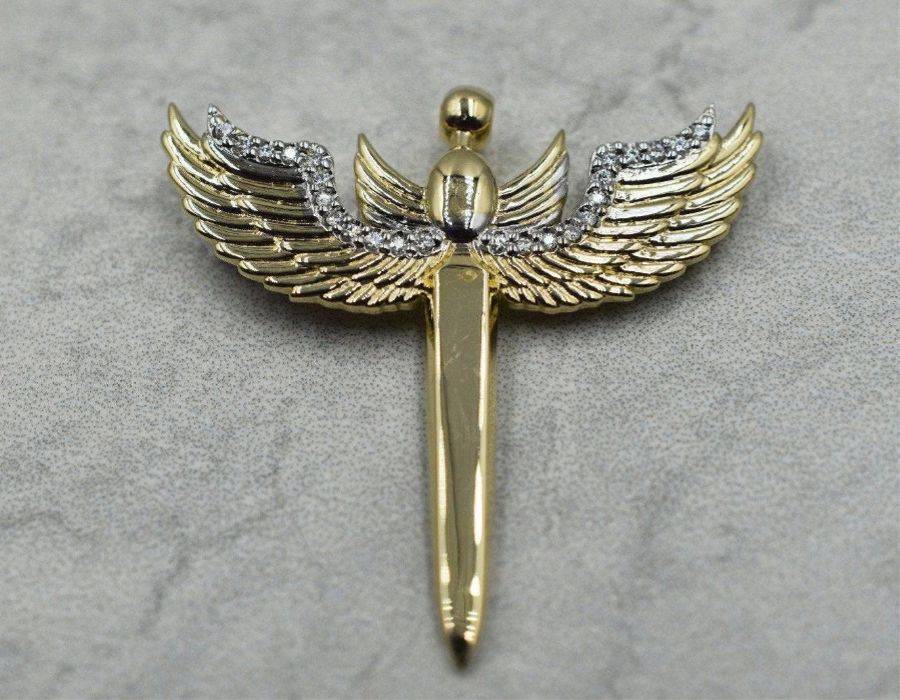
For cadets, the wings and sword symbolize both kinds of bravery. The wings represent the mental courage to think independently and make ethical decisions. The sword represents the physical courage to protect others and defend one’s values.
This symbol is a reminder that cadets are expected to uphold the highest standards of bravery, both in their personal lives and in their future careers. It is a reminder that they have the potential to make a difference in the world.
Medal of Honor
The Medal of Honor is the highest military honor in the United States. It is awarded to members of the armed forces who display extraordinary heroism in the face of enemy fire.
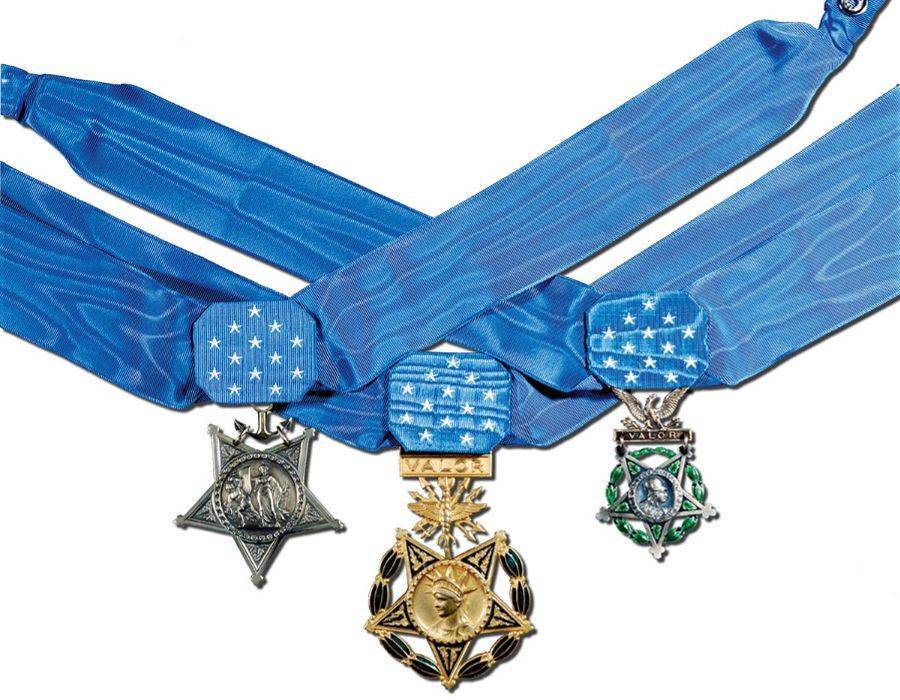
This medal is a physical representation of the bravery that these men and women have shown in battle. It is a reminder that they have put their lives on the line to protect our freedom. And it is a reminder that their courage and sacrifice will never be forgotten.
Universal Symbols of Bravery: Ancient and Modern Representations of Courage
Throughout human history, cultures worldwide have developed powerful symbols to represent bravery and courage. These symbols serve as visual reminders of our capacity to face fear and adversity with strength and determination. While some symbol of bravery originated thousands of years ago, others have emerged more recently as society evolves.
Animal Symbols That Represent Bravery
Lions, eagles, and bears have long been revered as fearless symbol representations across many civilizations. The lion, often called the “king of the jungle,” embodies courage and strength, making it a popular symbol for bravery in heraldry and national emblems. Eagles soaring fearlessly at great heights symbolize courageous vision and freedom, while bears represent protective courage and the bravery to defend what matters most.
Cross-Cultural Symbols of Courage
Different cultures have developed unique representations of bravery. The Celtic Dara knot, with its intertwined oak roots, stands as a powerful symbol of courage and inner strength. In Greek mythology, the shield of Athena represents wisdom combined with brave action. Many people seeking a symbol that represents bravery look to these ancient traditions for inspiration, particularly when considering tattoos or personal emblems that reflect their own courageous spirit.
Modern Symbols for Courage in Everyday Life
Contemporary symbols of bravery have emerged to represent courage in facing modern challenges. The purple heart recognizes the bravery of wounded soldiers, while pink ribbons symbolize the courage of those battling breast cancer. The butterfly has become a powerful symbolic representation of transformation through adversity—emerging stronger after struggle, which many consider the essence of bravery. These fearless symbols remind us that courage manifests in countless ways, from dramatic battlefield heroics to the quiet bravery of facing personal hardships.
What symbolizes bravery most effectively often depends on personal experience and cultural background. Whether you connect with traditional symbols for courage like the lion or modern representations like the resilience ribbon, these visual reminders serve an important purpose—they inspire us to access our own courage when facing life’s inevitable challenges. By understanding the rich history and meaning behind these symbols of bravery, we gain deeper appreciation for humanity’s enduring celebration of this essential virtue.
FAQ
What animals are commonly used as courage symbols?
Lions, eagles, and bears are most frequently used to represent valor across cultures. Lions symbolize strength and leadership, eagles represent fearless vision and freedom, while bears embody protective bravery. These animals appear in heraldry, national emblems, and personal insignia worldwide.
How do Native American cultures represent valor?
Many Native American traditions use eagle feathers to honor acts of gallantry. Warriors earned feathers through heroic deeds and battlefield achievements. Additionally, spirit animals like the wolf and bear represent different aspects of bravery, while ceremonial face paint communicated a warrior’s strength.
What are some ancient representations of fortitude?
The Spartan shield (aspis) represented unwavering resolve in battle. Celtic Dara knots symbolized inner strength derived from deep roots. In Egypt, the ankh represented eternal life through overcoming challenges, while Greek mythology featured Athena’s shield as wisdom paired with brave action.
Are there modern emblems for gallantry?
Contemporary valor symbols include the Purple Heart medal for wounded soldiers, cancer awareness ribbons representing personal battles, and the butterfly symbolizing transformation through adversity. The raised fist has emerged as a powerful representation of standing against oppression despite potential consequences.
What are popular intrepidity tattoos?
Lion and wolf tattoos symbolize fearlessness and loyalty. The Japanese kanji for courage (勇) represents inner strength. Arrows represent moving forward despite obstacles, while mountains symbolize overcoming challenges. Celtic knots and Viking symbols also remain popular choices for those seeking permanent courage markers.
Which flowers symbolize dauntlessness?
Protea flowers represent courage and transformation. The gladiolus, named after Roman gladiators, symbolizes strength of character. Snapdragons represent inner strength, while the yellow daffodil stands for resilience in adversity. These floral symbols offer beautiful, subtler representations of brave qualities.
How do different cultures celebrate heroism?
Japanese culture honors brave samurai through bushido principles. Norse traditions celebrate Valhalla as the ultimate reward for warrior valor. African cultures use lion imagery and ceremonial masks, while Greek mythology features heroes like Hercules. Many cultures establish special honors, medals, or ceremonies recognizing exceptional bravery.
